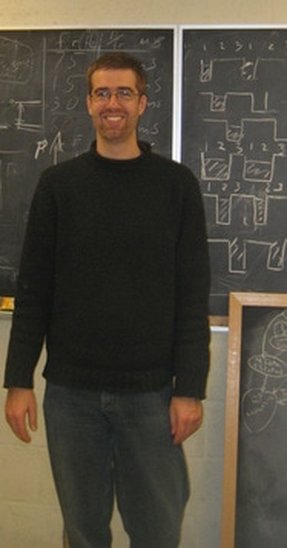
Dr. Ralf Widenhorn is a researcher and professor in the physics department at Portland State University.
Contact:
e-mail: ralfw@pdx.edu
Office: 314 SRTC
Phone: 503-725-3898
Mail:
Portland State University
Department of Physics
P.O. Box 751
Portland, OR 97207-0751